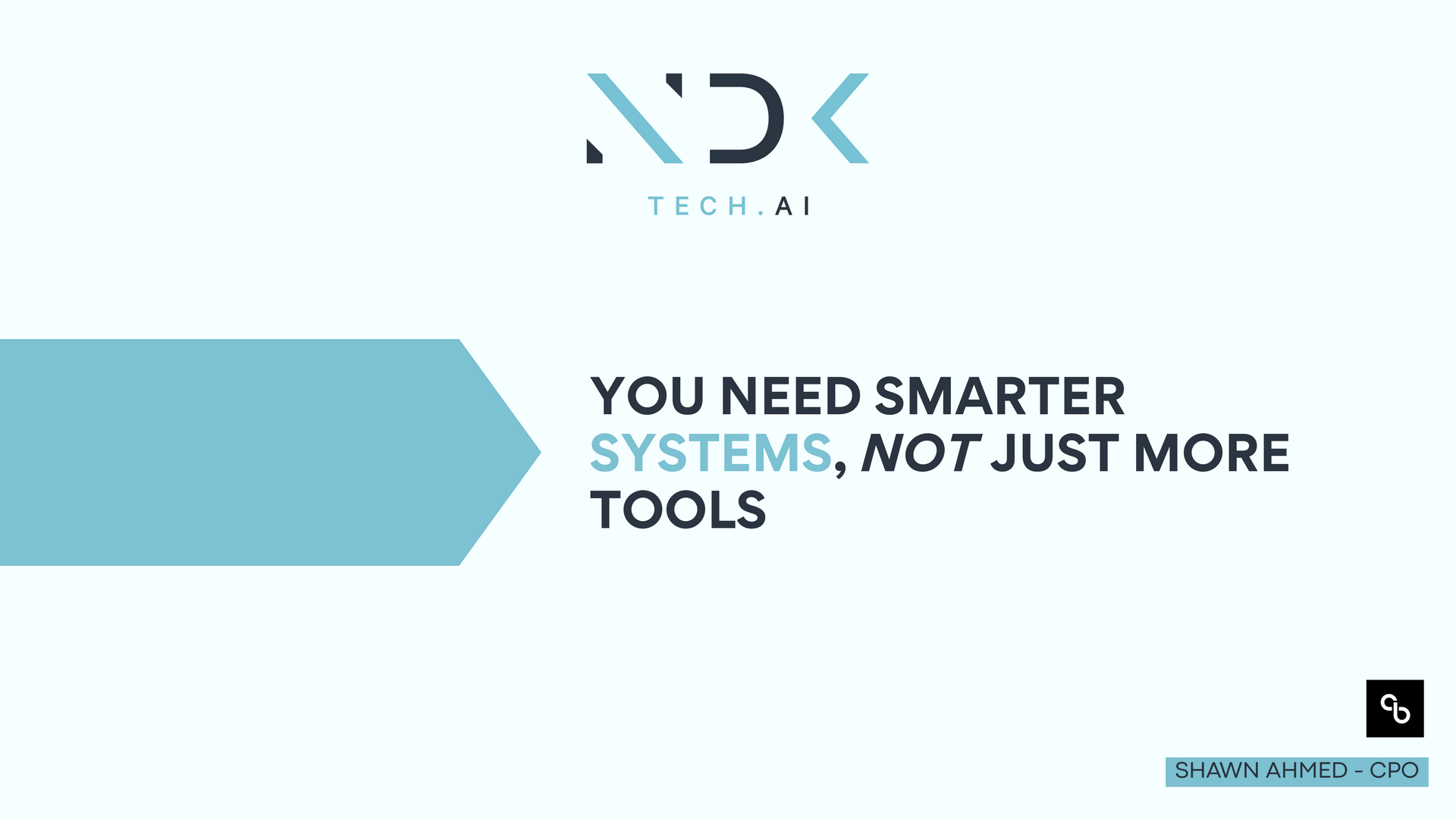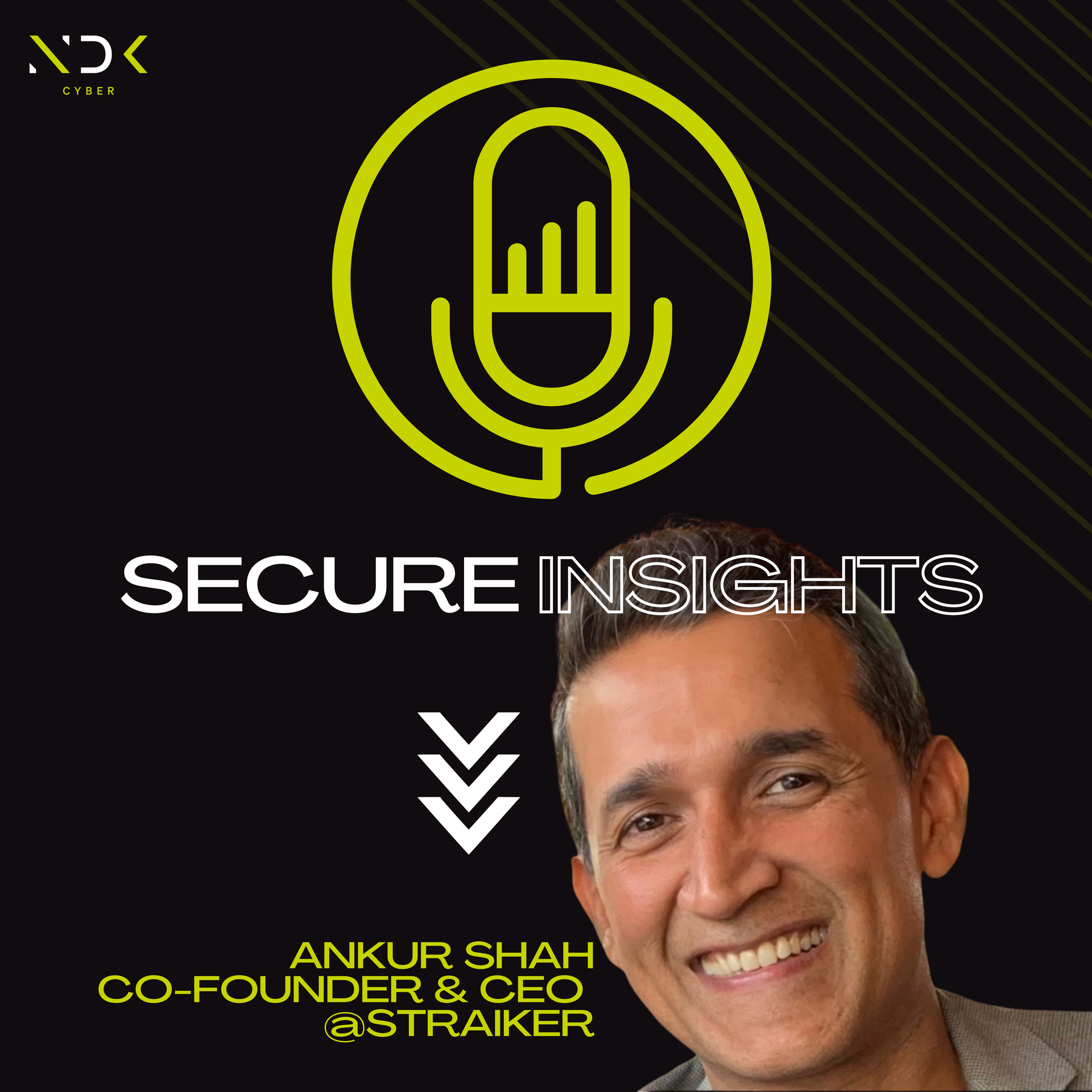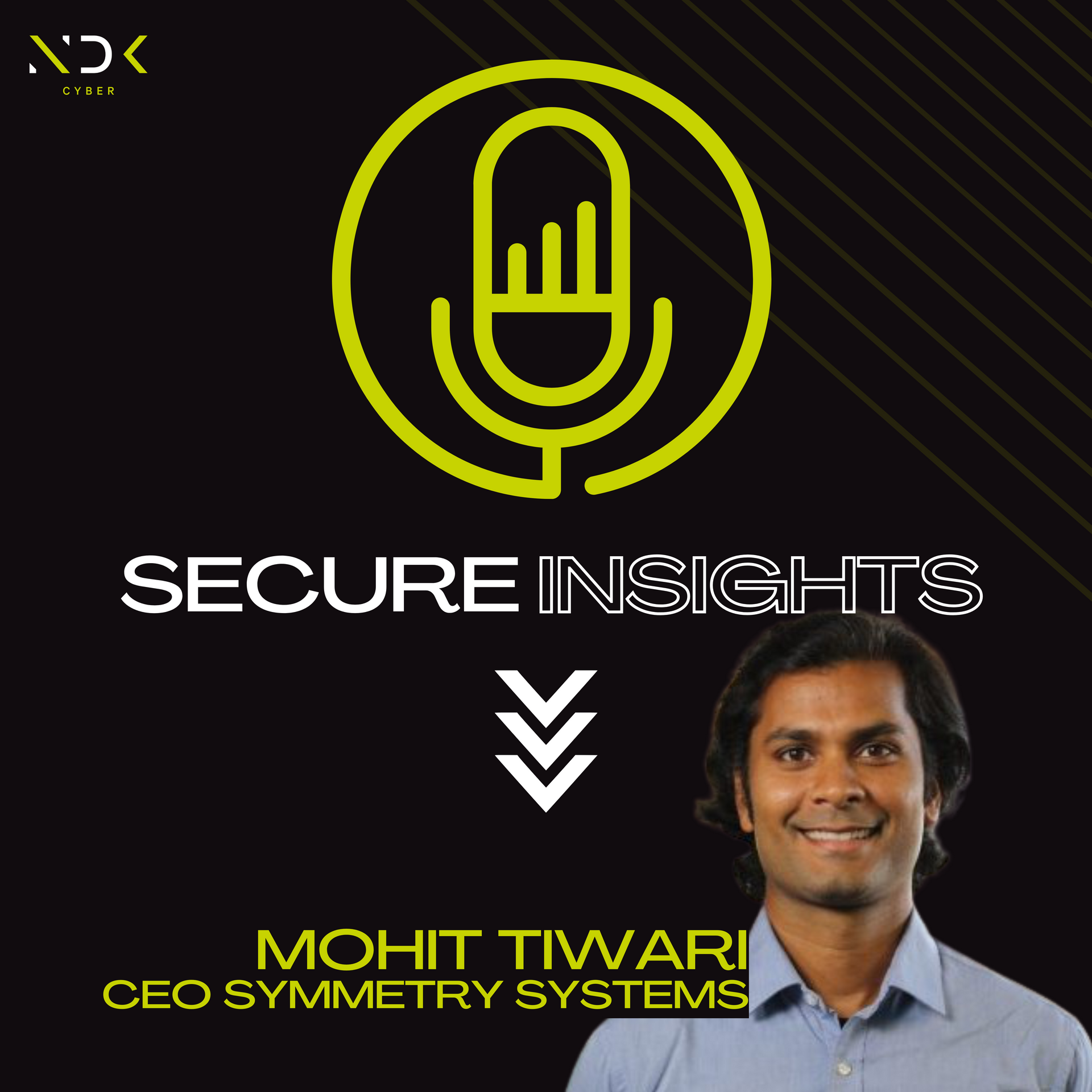Cybersecurity in the USA: A Closer Look from the Front Lines
An Opinion Piece by NDK Cyber
At NDK Cyber, we sit at the crossroads of technology, security, and business resilience. Recent cybersecurity incidents across the United States are not just reminders, they’re wake-up calls. The threats are no longer theoretical, and our response can no longer be reactive. We believe that a proactive, strategy-driven approach to cybersecurity, backed by deep technical expertise and multi-sector collaboration, is the path forward.
A Threat Landscape That’s Grown Smarter and More Ruthless
In the last few months, we’ve seen cyber threats escalate in both scale and sophistication. Ransomware campaigns like Medusa have weaponized access to cloud-based email systems such as Gmail and Outlook, using advanced phishing kits and data exfiltration techniques. Many of these attacks leverage automation, machine learning, and multi-stage payloads to bypass traditional defenses.
More concerning is the growing use of adversary-in-the-middle (AiTM) attacks and living-off-the-land binaries (LOLBins), which allow threat actors to operate stealthily using built-in system tools. Behavioral analytics powered by AI and machine learning are now essential to identifying anomalies in real time and flagging subtle indicators of compromise.
RansomHub and the Rise of RaaS Ecosystems
The emergence of RansomHub, a new ransomware-as-a-service (RaaS) operation, is another sign that cybercrime has become scalable. These operations rely on affiliates to deploy ransomware payloads, while centralized “operators” manage infrastructure, negotiations, and payouts. It's a mature business model, unfortunately, on the wrong side of the law.
To effectively combat this, organizations need to invest in real-time telemetry, extended detection and response (XDR), and AI-driven threat correlation engines that can detect abnormal behavior across endpoints, users, and cloud workloads before damage is done.
AI in Cybersecurity: A Force Multiplier
Artificial intelligence is quickly becoming one of the most powerful tools in the defender’s arsenal. From automated threat detection to AI-assisted SOC operations, the ability to analyze massive volumes of data and surface actionable insights is transforming security operations.
Machine learning models are now being embedded in everything from email security gateways to endpoint protection platforms. These models can identify previously unseen malware strains, detect lateral movement patterns, and even assist in forensic investigations by reconstructing attack timelines.
Generative AI is also being explored for use in red teaming, simulating realistic phishing lures or crafting adversarial payloads, showing both the opportunity and risk of AI in cyber contexts. On the flip side, AI-powered phishing detection, anomaly detection, and natural language analysis for insider threats are rapidly maturing.
But AI is not a silver bullet. These tools are only as effective as the data they're trained on and the expertise guiding their deployment. Security leaders must remain vigilant about AI model bias, false positives, and adversarial manipulation.
Big Tech’s Cybersecurity Moves: What They Signal
Google’s $32 billion acquisition of Wiz, a leader in cloud-native application protection, underscores the urgency of securing dynamic cloud environments. Technologies like cloud security posture management (CSPM) and cloud workload protection platforms (CWPPs) are becoming mission-critical.
Many of these solutions increasingly leverage AI for continuous compliance monitoring and anomaly detection across containers, serverless functions, and identity management systems. Collaboration between tech giants, security vendors, and regulators will be vital in setting new standards for responsible AI use in cybersecurity.
Healthcare and Critical Infrastructure: A Call for Zero Trust
The Change Healthcare breach, which impacted the data of over 100 million people, reminds us that critical infrastructure is often built on fragile digital foundations. In sectors like healthcare, AI-driven risk scoring can help identify vulnerable assets, prioritize patching, and support faster incident response.
However, many organizations are still operating without a zero trust architecture. Segmenting networks, enforcing identity-based access controls, and using AI-powered behavior analytics can significantly reduce the attack surface in these high-stakes environments.
The Talent Crisis: A Bottleneck for Innovation
While tools and frameworks are evolving, the human layer remains a critical bottleneck. The shortage of cybersecurity professionals is especially pronounced in cloud security, OT security, and incident response. The gap isn’t just in headcount, it’s in domain expertise.
At NDK Cyber, we help companies build and scale elite security teams, connecting them with top-tier talent in red teaming, blue teaming, GTM sales teams and beyond. But hiring is only part of the solution. We need sustainable pipelines that combine early education, certification programs like CISSP, OSCP, and GIAC, and greater diversity and accessibility across the field.
As AI becomes more central to cybersecurity, demand for professionals who understand both domains, security and data science will only grow. Upskilling the workforce to operate alongside intelligent systems will be critical.
Cybersecurity as a Business Imperative
Cybersecurity isn’t just an IT problem it’s a boardroom priority. It touches everything: brand reputation, customer trust, compliance, and operational continuity. Security should be embedded into every stage of the business—from M&A due diligence to product design to cloud migration.
AI can enhance this integration by providing continuous risk insights at the executive level, enabling smarter decision-making and more agile response strategies.
The future of cybersecurity is powered by innovation and shaped by collaboration. Whether it’s AI-driven threat detection, intelligent automation in the SOC, or public-private information sharing, our greatest progress will come from working together.
At NDK Cyber, we believe resilience begins with talent, thrives on innovation, and succeeds through strategic alignment. Cybersecurity is not a checkbox it’s a mindset. And in this fast-moving landscape, it’s the organizations that adapt, invest, and lead that will define the future of digital trust.












